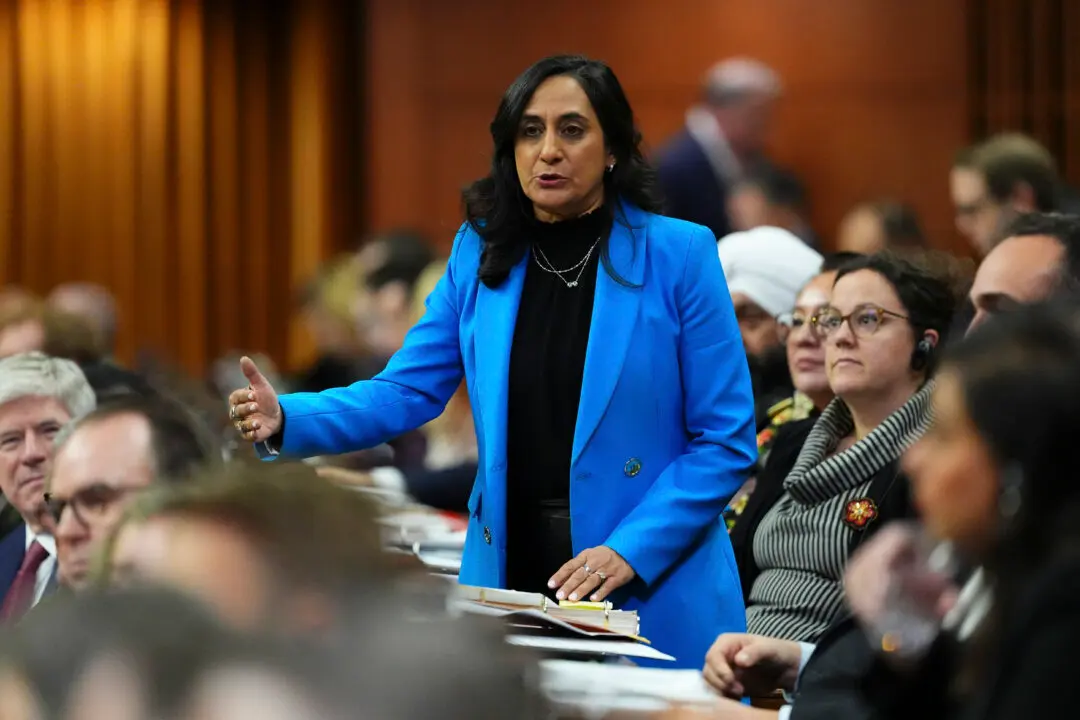The Treasury Board of Canada Secretariat (TBS) says it does not know how many federal employees holding membership with one of the country’s largest unions work from home.
“With regard to the government’s remote work policy, the information is not systematically tracked in a centralized database,” wrote the Board in a submission to the Senate national finance committee on May 23.





